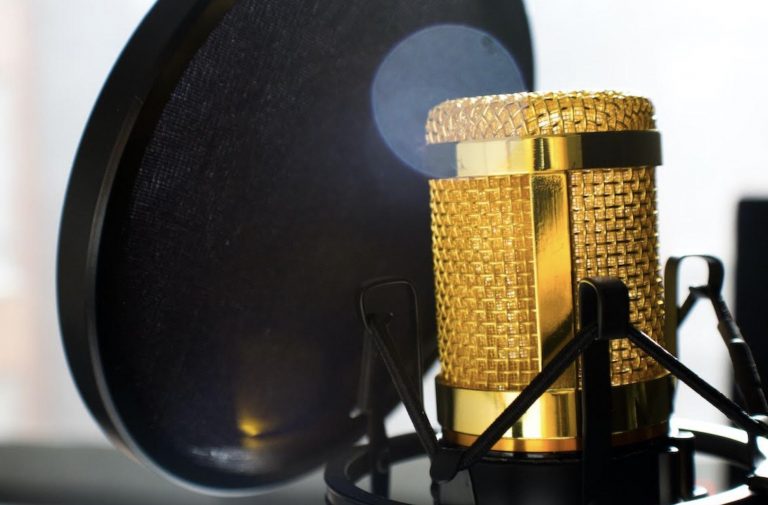Although it may feel like an old-fashioned form of entertainment, radio dramas still continue to be popular in some sections of popular culture. There are numerous shows that have managed to go on for decades, keeping older listeners along with them while also attracting newer listeners at the same time. Listening to dramas has only experienced a significant increase in popularity and interest in recent years with the rise of audiobooks, too.
Audio storytelling has an unrivaled power that its visual form cannot always offer. For instance, while mediums of visual entertainment allow audiences to be able to see everything that is happening clearly, audio uses a range of sound effects that can help to immerse and engage the listener into a new world and one that they are then able to imagine with their own touch.
The sound effects used have developed and changed with time, but the evolution that they have managed to go through has only helped them to make audio dramas even more appealing. They have gone from analog sounds to digitally-enhanced sounds, thus creating an entirely new experience for the listener.
Analog Sounds
In the early days of audio dramas, creators were limited by the sounds that they were able to create. However, they were still very successful in achieving what they had wanted. At the time, they would have had to make the desired noises by using real-world objects in order to replicate or recreate them. These would be conducted by people that were known as Foley Artists.
An example could be in regard to when trying to create rain, as they would pour rice or peas onto a surface in order to create the illusion of rain falling and hitting another object, such as a window. Another instance might be when using coconut shells and banging on them to try and create the sound of walking.
While the sounds created were extremely authentic, they posed numerous challenges and were not always easy to achieve. This was because they could be difficult to control, and getting the right sound may have taken numerous attempts. Additionally, the same sound effect would be near-impossible to replicate once it had been made the first time, too.
Digital Sounds Made Possible
Through the development and invention of certain equipment, technology played a huge role in providing digital sounds to radio dramas. Items including synthesizers enhanced the audio that was able to be created. At the same time, those working on radio dramas now are able to use programs that can create sound effects on the internet at the touch of their fingertips and get the desired sound in an instant.
Sounds that can be very difficult to replicate with physical objects are now possible to make using technology. Stock audio can be found and used of people walking, background chatter, a round of applause and laughter, and so much more. Each of these are now possible to generate in a matter of seconds, and no longer requires the number of people that may have been needed in the past, too.
A Mixture of Analog and Digital is Used
While analog sound effects may seem to be old-fashioned and redundant because of the technology available, they are still used in some sections by sound designers when creating audio dramas.
Some like to keep the audio produced as authentic as possible when they can to ensure the best listening experiences are offered at all times. At the same time, they like to blend in those that have been digitally mastered when they are unable to create certain effects.
Sound Effects Used have been Revolutionized
Naturally, there were a few teething problems that were experienced in the early stages of the new technology. Still, the evolution that has been experienced since has meant the best audio has been possible to create on every single occasion. However, it is impossible to argue against the idea that the move from analog to digital had revolutionized the sound effects used in radio dramas.
The blend between authentic and digital sound effects can be difficult to spot, but if you listen closely enough, then you may be able to identify when classic techniques and when modern-day methods have had to be utilized in order to create the immersive experience that radio dramas can provide those other forms of entertainment are unable to match.



0 Comments